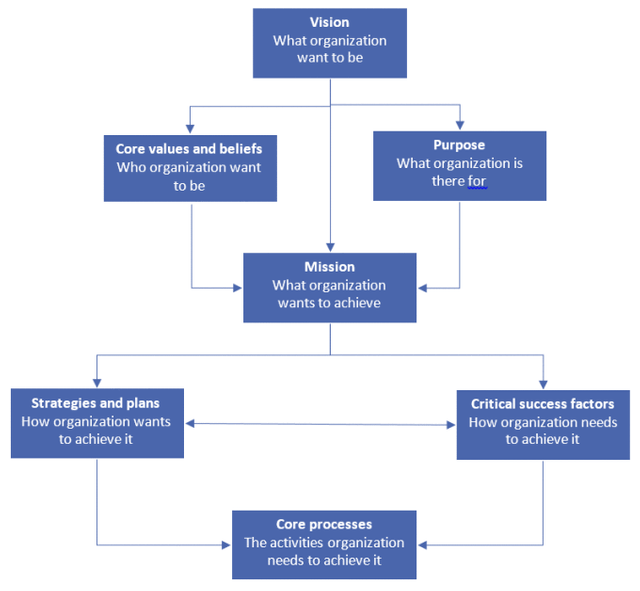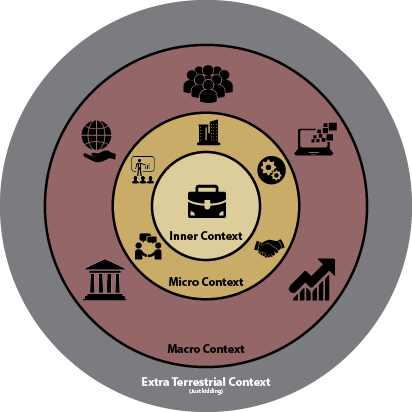We all have a general notion of what a strategy is. Maybe it's the strategic way you take certain roads to work every day. Maybe it's the strategic moves you make to win in an RTS game. But often times, specially in businesses, strategies often become confused with long term goals. Let's have a look at some common examples. There are certain cliche strategies out there now, that is so general, that having them there in the first place doesn't serve any purpose. Let's have a look.
A common strategy in companies are to be a market leader. "We focus on being the market leader in the toilet paper industry", stated no company in the history of ever, but it's quite common in other industries. Unfortunately, that is not a strategy, that is an objective. How about "We will be greenest and cleanest"? No, that is still an objective or an organization value at best. To boil it down, coming with a strategy statement is hard, because it always has to answer the question of how to get to a certain point, instead of focusing on the what, when and why of that point. This may sound like an over simplification and it is. Coming up with strategies is often a difficult task, requiring rigorous research into the market conditions, focusing on ways to achieve goals that ties down to the vision and mission. So where to start then? A good idea would be with the mission statement. Without a mission statement, there is no basis to make strategies. Let's take things back to the basics then.
The vision framework
If organizations are a building, the mission statement is the concrete framework that holds the whole thing in its place and gives it structural integrity. In this building analogy, the vision framework presented here is the form work that is innocuously used to shape the whole concrete framework.

Figure 1: The vision framework
The framework starts with the vision of the organization, an over encompassing and generally short description of what the organization wants to be. Over encompassing, but advisable to keep it something that is attainable. Avoid things like, "To be the best there ever was, is and will be". A good vision will allow the organization to work the items out further down in the hierarchy, including core values, purposes, the mission and critical success factors (CSFs), until the organizations starts working on strategies of how to achieve everything that was described before. Having worked out a strategy, then they can start working on the businesses processes and sub processes, which can be represented in a firm's value chain diagram. Looks simple, when represented in a chart like in Figure, but not really so. Making strategies is often hurried and looked over task in the vision framework, because organizations are so keen to get down to business, build factories and become the market leader of the industry, as they always wanted to. So what would be a good way or methodology to make strategies?
Inner and outer contexts
Before an organization can work on making a strategy, they have to look within themselves, and look at their surrounding. That may sound very zen but making strategies are all about making sure an organization has taken into account everything that is possible.

Figure 2: Contexts to be examined
Inner context
In a nutshell, inner context is all about understanding the organization. That doesn't sound terribly difficult, but understanding oneself, in order to improvise and understand the way of doing things, is a tad bit difficult. If at this point, the vision framework had been followed, that makes things a bit easier as identifying the workings of an organization include examining the mission statement and the CSF's and business processes or the firm's value chain. Another tool often opted is Porter's 3 generic strategies, which is useful to systematize the questions that needs to be examined.
Outer context
The outer contexts starts to venture outside the business organization and involves looking at the surrounding. This can be grouped to two contexts, the micro and macro context. The micro context examines the industry and other related or adjacent industries. Helpful tools to examine the micro environment are the industry value chain and the Porter's five forces analysis. Both of these tools helps analyze and understand how the outside world is interacting and the scope of interaction with the business of the organization in question.
The macro context looks at things in a broader perspective, taking the research outside the industry, well and beyond the immediate reach of the organization.The macro context is a difficult to analyze as the scope and size of analysis is big, tends to be unpredictable and variable. The macro analysis is important when the business is looking to expand and looking for the next best place to set up shop. Multinational companies (MNCs) would be conducting these research through out their business term, looking for the next best place to plant their seeds. Approaches to macro context analysis are PESTLE analysis and VRIO analysis.
The next step
Having done all those things, it's time to set up some strategies. But as with all things about business, it's just not that simple because strategies can take on many different types and forms. Like, when you take a certain path from home to work because it's shorter which makes travel expenses less, that is a long term type of strategy. However, you may choose to avoid that path on a certain day, when you are late for work and take the less congested but longer route, to achieve a short term objective. Strategies can also be grouped according to the scope of focus. That's a long discussion, best reserved for another day.
Note: Article is adapted from a post at Rules of Knowledge, where I contribute to
